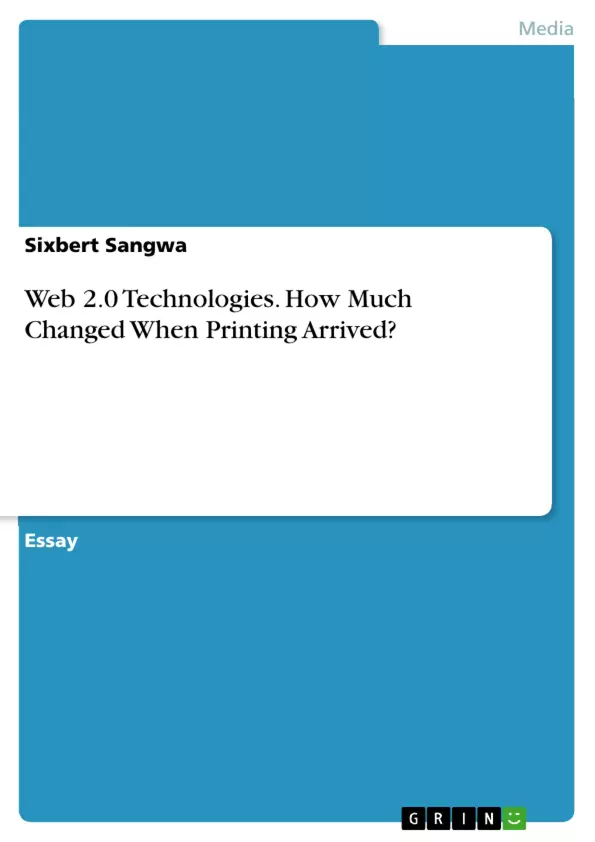This paper consists of a student's reflection on his early work on the Technology-Enhanced Learning Module. The reflection focuses on three selected activities that the student has deemed appropriate to have enabled him to understand in relation to aspects of his own and / or others' use of technology for learning. Not only did the reflection involve examples from personal or professional contexts, but also a suggestion for improvement of the activity in terms of social media use, student engagement and relevance to the current learner.
Contrary to Naughton who includes printing, my view on technology was only limited to web-base and computer-based learning which, according to him, we don’t even know the half of it. With this narrowed view, I obviously validated the first law of technology because it has what I see as good impact on how we build knowledge and access information, but I had negative perception on long-term impact of learning technology on students’ behaviour, given their suspected dependency on internet and horizontal information seeking, characterized by multitasking and skimming activities where the average time spent by users on e-book and e-journal sites is shorter compared to what they spend on printed books.
I thought this will reduce the analytical thinking competency. After reflection and forum discussions, I now understand that Printing, Radio, TV, social media, media tools, internet, intranets, satellite broadcasts, audio and video conferencing, bulletin boards, chat rooms, webcasts, and CD-ROM, etc. are other tools of technology enhanced learning that I wasn’t considering before.
Inhaltsverzeichnis (Table of Contents)
- Critical Reflection on the module activities
- How Much Changed When Printing Arrived?
- Change suggestion on A3
- DEFINING LEARNING
- Change suggestion
- The Current Wave of Technology - Web 2.0
- Change suggestion
- Extended Discussions
Zielsetzung und Themenschwerpunkte (Objectives and Key Themes)
This paper reflects on the student's early work on the Technology-Enhanced Learning Module. It explores three selected activities designed to enhance understanding of technology's role in learning. The reflection includes personal and professional examples, as well as suggestions for improvement.
- The evolution of technology in learning, from print to Web 2.0.
- The impact of technology on student engagement and behavior.
- Different pedagogical approaches to technology-enhanced learning.
- The definition and nature of learning, including acquisition and participation metaphors.
- The use of various technological tools and their impact on the learning environment.
Zusammenfassung der Kapitel (Chapter Summaries)
- How Much Changed When Printing Arrived? This chapter explores the student's initial understanding of technology in learning, initially limited to web-based and computer-based learning. The chapter reflects on the impact of printing and other technologies on learning, challenging the initial narrow view of technology.
- DEFINING LEARNING This chapter delves into the definition of learning, examining various perspectives and metaphors. The student explores the transformative nature of learning, highlighting its ongoing and multi-dimensional aspects.
- The Current Wave of Technology - Web 2.0 This chapter examines the student's evolving understanding of Web 2.0 technologies in relation to learning. It explores the importance of different forms of representation and their impact on message transmission and collaborative learning.
Schlüsselwörter (Keywords)
The paper focuses on key concepts such as Technology-Enhanced Learning, Web 2.0 Technologies, Social Media in Learning, Student Engagement, Web-base and Computer-based Learning, Learning Metaphors, and Pedagogical Approaches.
- Quote paper
- Dr. Sixbert Sangwa (Author), 2018, Web 2.0 Technologies. How Much Changed When Printing Arrived?, Munich, GRIN Verlag, https://www.grin.com/document/1012605



